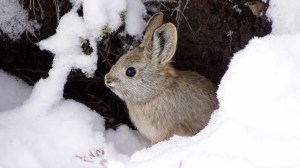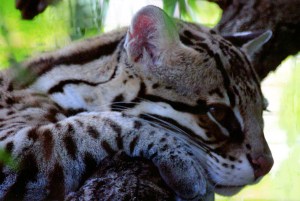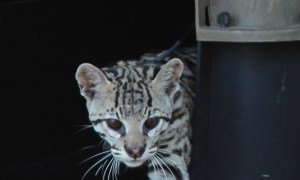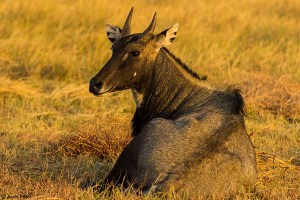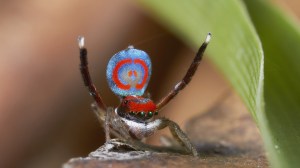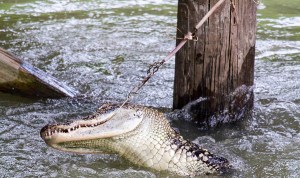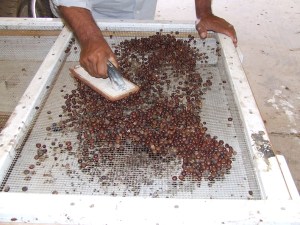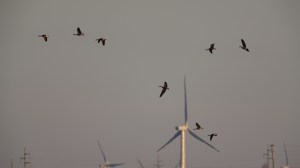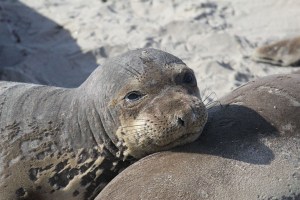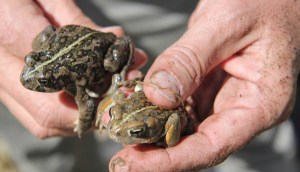Discover stories in Biodiversity
Change Comes to the Eastern Forest: Five-Part Series Begins Today
Woodbourne Forest Preserve in north-central Pennsylvania was to remain pristine and free of human management. Free of human management, that is, unless there were extraordinary, unforeseen circumstances. Those extraordinary circumstances are here. Welcome to forest conservation in the Anthropocene.
Pygmy Rabbit Quest
Meet the pygmy rabbit: the tiniest rabbit on earth, and one of the most difficult North American mammals to spot. Our blogger journeys to southwest Wyoming to learn more about this elusive inhabitant of big sagebrush.
Connecting The Ocelot’s Home on the Range
In South Texas, ocelot conservation means connecting the dots. But those "dots" happen to be thornscrub habitat -- thick brush incompatible with most human use. How do you restore a habitat that ranchers have spent decades working hard to clear.
Every Cat Counts: Conserving Ocelots on the Border
In South Texas, ocelots cling to a precarious existence. How do these spotted cats survive against a backdrop of lost habitat, roads and now a border fence? Can conservation efforts help?
Nilgai: Blue Antelope of the Anthropocene
Once the nilgai roamed expansive Indian plains as it avoided stalking tigers. A creature of wilderness. Today, you're more likely to find it in sprawling cities, or galloping along a Gulf Coast seashore. A creature of the Anthropocene.
CSI Channel Islands: Can the Island Scrub-jay Help to Think about Climate Change?
Solving the mystery of Santa Rosa's island scrub-jays could refine thinking on how to manage vulnerable species under climate change.
Do the Rumble-Rump with Peacock Spiders
Meet the tiny spider with one of the wildest mating displays in the animal kingdom. Jon Fisher takes you into the realm of the peacock spider and its unbelievable "dance moves."
Alligator Rescue on the Border
The alligator was trapped and destined to die a slow death: time for a rescue operation. An unexpected twist at one of the most biodiverse nature reserves in the United States, the National Butterfly Center in Mission, Texas.
Coyote Scat and Native Plant Conservation
Cultivating native plants for conservation requires the perfect water, sunlight, nutrients and pollinators. And in at least one case, it needs coyote poop. And lots of it. A story of an observant naturalist, palm seeds and hungry coyotes in South Texas.
Wind Turbines and Birds: What’s the Real Story?
Cats and window collisions kill more birds, but that doesn't mean conservationists should ignore the effects of wind turbines. Blogger David Mehlman takes a look at the science, and finds significant impacts to both birds and bats.
Northern Elephant Seals: A Dramatic Conservation Success
Northern elephant seals were declared extinct, a victim of the blubber trade. Today, you can see thousands on California beaches, and the population continues to grow. The story of a dramatic (and often unheralded) conservation success.
Protecting the Amargosa: From Suspicion to Support for a Desert River
Anti-environmental sentiments in rural Nevada have been in the news a lot lately. Here's a different narrative. In the Mojave Desert of remote Nevada and California, conservationists are part of the community and working to overcome suspicion to protect a vibrant river.

